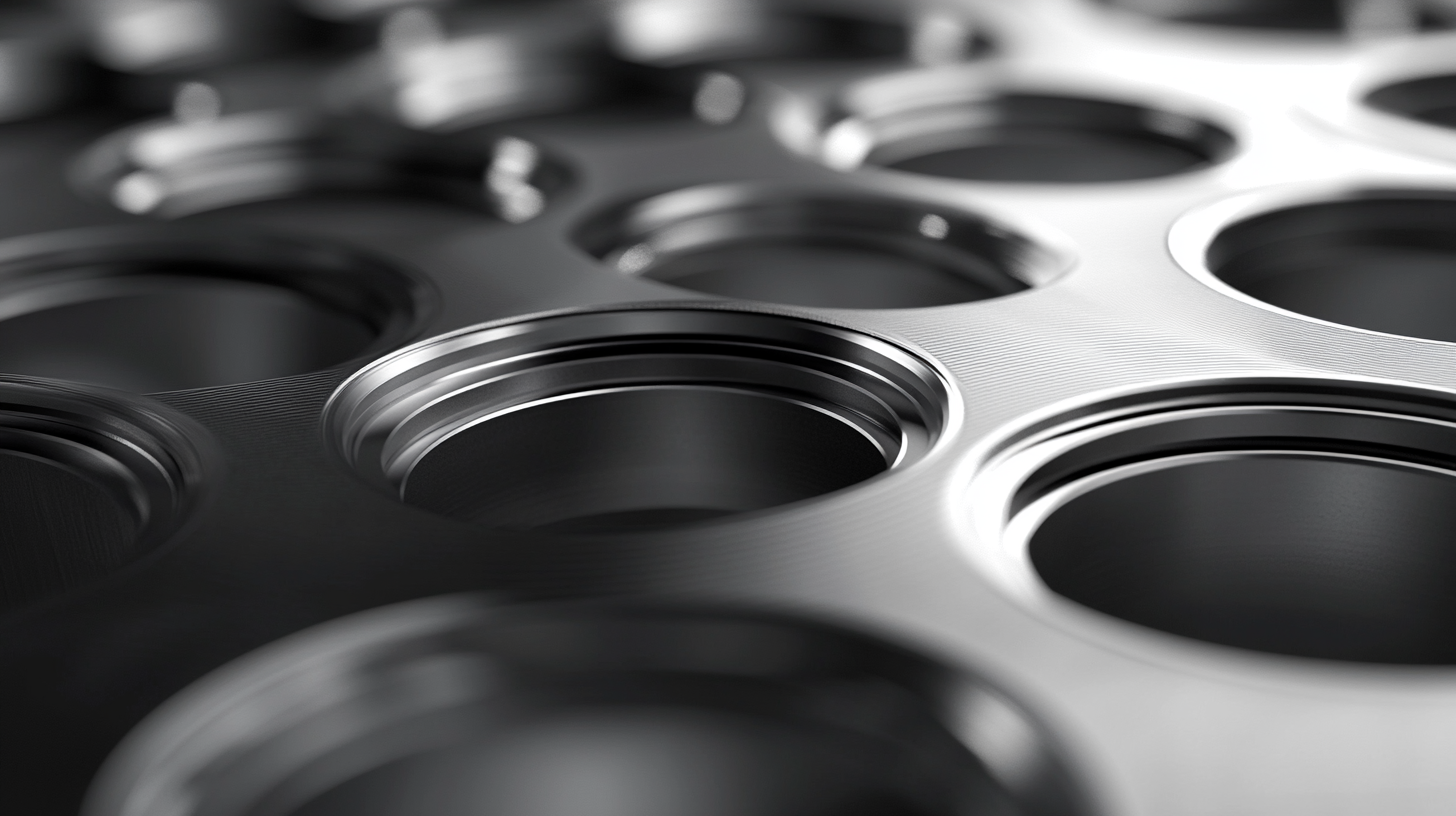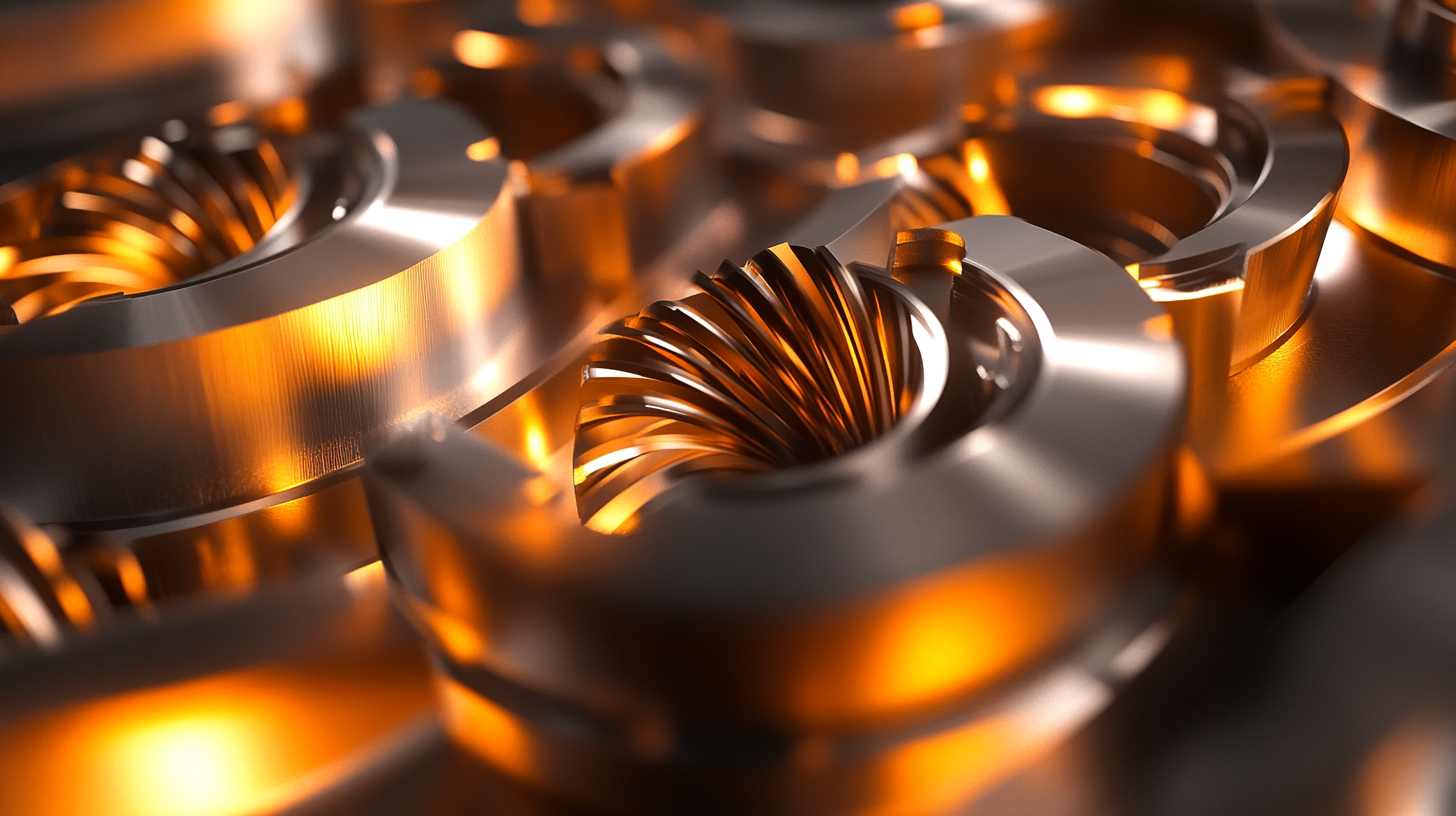SUNDI TOOLS
- Copyright © Wuxi Sundi Precision Tools Co.,LTD All rights reserved.
- Site Map
In today's competitive manufacturing landscape, the choice of cutting tools can significantly influence production efficiency and cost-effectiveness. Among these tools, carbide inserts play a pivotal role, providing durability and precision that are essential for various machining operations. Industry reports indicate that the global carbide insert market is projected to grow by 5% annually, reaching an estimated value of $3.5 billion by 2027. This growth underscores the increasing reliance on carbide inserts to enhance cutting performance and extend tool life, ultimately leading to improved operational efficiencies.
Selecting the right carbide insert is not merely a matter of preference; it is a strategic decision that can impact overall productivity and profitability. Factors such as material compatibility, cutting speeds, and insert geometry must be thoroughly considered to optimize performance. According to a recent study by the Manufacturing Institute, companies that invest in the appropriate tools and materials see a potential increase in production efficiency by up to 30%. This comprehensive guide aims to navigate the complexities of carbide insert selection, equipping manufacturers with the knowledge to make informed choices that align with their specific operational needs.

Carbide inserts are an essential tool in modern manufacturing, non-stop optimizing efficiency and enhancing productivity across various applications. Understanding the basics of these inserts is crucial for businesses looking to improve their machining processes. Carbide inserts are typically made from tungsten carbide and are favored for their durability and hardness compared to other materials. They are extensively used in metal cutting processes such as turning, milling, and drilling, where high resistance to wear and heat is necessary. The applications of carbide inserts span multiple industries, from automotive to aerospace and beyond. Each application may require different types of inserts based on the material being machined and the cutting conditions. For instance, inserts designed for hard metals differ from those used for softer materials due to variations in cutting edge geometry and coating technologies. Proper knowledge of insert type, geometry, and material compatibility can lead to significant improvements in production rates and product quality. Additionally, understanding the performance characteristics of various coatings on carbide inserts can guide manufacturers in selecting the ideal tool for specific tasks. Coatings such as TiN, TiAlN, or TiC can greatly influence the insert's lifespan and effectiveness when working with different materials. A thorough grasp of these factors ensures that manufacturers can maximize efficiency, reduce downtime, and ultimately, achieve better operational success.

When selecting the right carbide insert for your manufacturing needs, several key factors must be taken into consideration to maximize efficiency and productivity. The first aspect to evaluate is the material compatibility. Different materials require specific insert types for optimal performance; for instance, machining stainless steel may demand inserts with high heat resistance and toughness, while aluminum processing often benefits from sharp-edged inserts that reduce cutting forces.
Another crucial factor is the geometry of the insert. The shape and size significantly influence cutting performance, tool life, and surface finish. Inserts that feature a positive rake angle can enhance cutting efficiency on softer materials, while negative rake angles are generally preferable for harder metals, providing greater stability and rigidity. Additionally, consider the insert's grade, which refers to its hardness, toughness, and wear resistance. This selection directly impacts how well the insert will withstand various machining conditions.
Finally, understanding the cutting conditions—such as speed, feed rate, and depth of cut—can guide you in choosing the appropriate insert. Adjustments in these parameters may require specific insert profiles for maximum effectiveness. By carefully assessing these factors, manufacturers can choose carbide inserts that not only meet their specific requirements but also contribute to improved operational efficiency and reduced costs in the long run.

When selecting carbide inserts for manufacturing applications, understanding the various grades available is crucial for achieving optimal performance. Carbide inserts are categorized based on their composition and properties, which directly impact their wear resistance, toughness, and cutting efficiency. According to a 2022 report by the International Journal of Advanced Manufacturing Technology, the choice of grade can influence tool life by up to 300%, showcasing the importance of making informed decisions.
One essential factor to consider is the insert grade's hardness and wear characteristics. For instance, grades with a high cobalt content offer superior toughness, making them ideal for interrupted cuts but may wear out faster in continuous cutting applications. In contrast, sintered carbide inserts with a high carbide volume excel at maintaining sharp edges but may be more susceptible to chipping. A comprehensive analysis by the Metal Cutting Institute highlights that selecting the optimal grade for specific materials—like high-speed steel versus stainless steel—can yield significant improvements in feed rates and surface finish.
Another important aspect is the coating applied to the inserts. Coated carbide grades enhance performance by providing a protective layer that reduces friction and dissipates heat. A 2021 industry survey revealed that manufacturers using coated inserts experienced a 25% increase in productivity due to extended tool life and reduced frequency of tool changes. Understanding these nuances in carbide insert grades and their application can lead to substantial improvements in both operational efficiency and cost-effectiveness in manufacturing processes.

The longevity of carbide inserts in manufacturing is crucial for maintaining efficiency and cost-effectiveness. One of the key strategies to enhance their lifespan is by optimizing machining techniques. Recent studies indicate that tool wear primarily occurs due to friction and attrition. Producers can mitigate these effects by utilizing advanced cooling technologies, such as cryogenic setups, which significantly reduce the temperature during cutting processes, thereby minimizing wear on inserts.
Additionally, the choice of carbide insert should align with the specific materials being machined. For instance, in applications involving LM25 aluminum alloy reinforced with vanadium carbide, analytical modeling and deep neural networks can provide insights into the ideal insert specifications. By understanding the unique characteristics of both the material and the tooling, manufacturers can select inserts that not only resist wear but also promote efficient cutting, ultimately leading to better productivity.
Moreover, keeping up with market trends is vital. The carbide tools market is projected to experience significant growth through 2035, driven by the demand for precision machining. Engaging with current developments will enable manufacturers to leverage innovative tools that enhance machining performance and extend the life of carbide inserts, ensuring sustainable operational efficiency.
When it comes to manufacturing, the choice of carbide inserts can significantly impact both productivity and cost efficiency. A cost-benefit analysis is essential for any shop looking to maximize its investment in tooling. High-quality carbide inserts may come with a higher upfront cost, but their longevity and performance can lead to substantial savings over time. These inserts can withstand higher temperatures and resist wear, reducing the frequency of replacements and associated downtime.
Moreover, considering the right insert geometry and coating can further enhance performance. Different applications may demand specific insert types, such as those designed for finishing or roughing cuts. Investing time in understanding these requirements can lead to optimized machining processes, resulting in better surface finishes and tighter tolerances. This not only boosts operational efficiency but can also increase customer satisfaction through improved product quality.
By analyzing both short-term and long-term costs, manufacturers can make more informed decisions. Calculating the total cost of ownership, which includes purchase price, expected lifespan, and performance output, allows shops to truly gauge the value of their investment in carbide inserts. This strategic approach can ultimately lead to enhanced productivity, lower per-part costs, and a more robust bottom line.